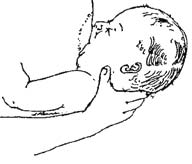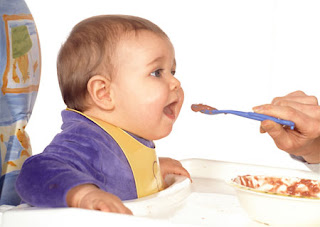Obesity can result from increased energy intake, decreased energy expenditure, or a combination of the
two. Thus, identifying the etiology of obesity should involve measurements of both parameters. However, it is
difficult to perform direct and accurate measurements of energy intake in free-living individuals; and the
obese, in particular, often underreport intake. Measurements of chronic energy expenditure are possible


.jpg)
















